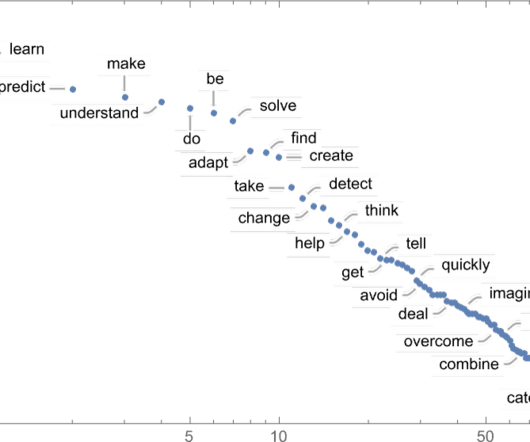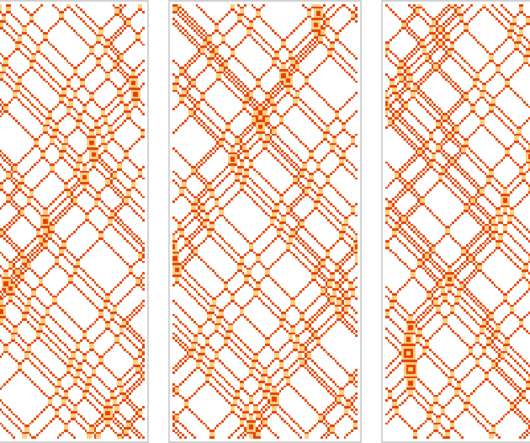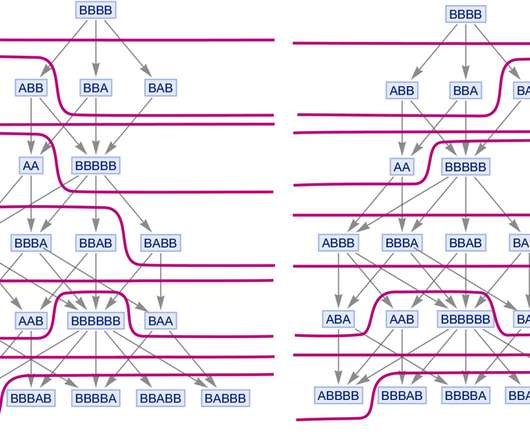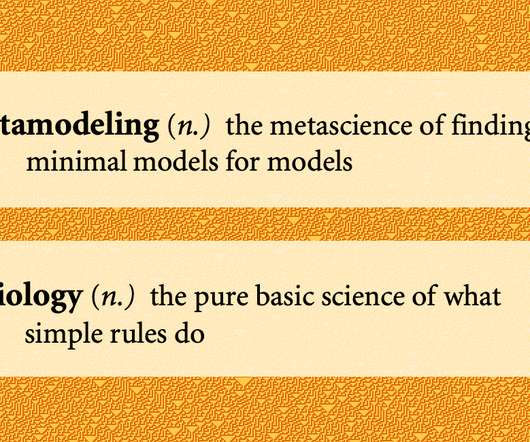Why Choose a STEM Career?
CTE Learning
MAY 20, 2022
Hospitals, governments, newsrooms, homes, and other workplaces depend on technology to communicate and run operations efficiently. Many designer prefer being freelancers as it allows them more flexibility to work and live where they want and to choose the projects and clients they want to work for.















Let's personalize your content